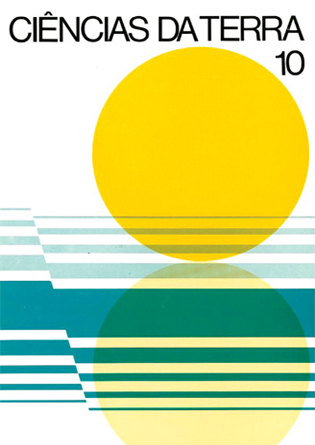Paleolítico médio e superior em Portugal: datas 14C, estado actual dos conhecimentos, síntese e discussão
Abstract
Key-words: Middle and Upper Paleolithic - 14C - Mousterian time limit - Tyrrhenian III - Human occupation - Climate. New radiocarbon measurements were obtained from middle and upper Paleolithic sites currendy under research by the CEPUNL, in well defined stratigraphical situations. With other dates, they yield an approximative chronological global view. Measurement distribution in function of time does not seem to be an hazardous one. ln the actual status of our knowledge, this distribution seems to fit in some assemblages: (a) 14000 to 15000 BP, Solutrean; (b) about 20 000 BP, Solutrean; (c) circa 25 000 BP, already Solutrean, and slighdy older than 26 000 BP, still Mousterian; (d) between 29 000 and 31 000 BP, Mousterian. The persistance of Mousterian much later than its acknowledged upper limit at about 34 000 BP (and hence the survival of its neanderthalian authors) is demonstrated. For the first time it has been possible to ascertain the upper time limit of the marine 5-8 metres raised beach (Tyrrhenian III) at Serra da Arrábida, and also the age of archaeological sites without stone artifacts, or with uncharacteristic ones. The obtained measurements allow us to correlate localities and sedimencary units wirh lasr glaciation events. There seems to have been a distinct correlation between cave and shelter human occupation and events marked by rhe worsening of climate.Downloads
Published
2009-04-17
Issue
Section
Articles






